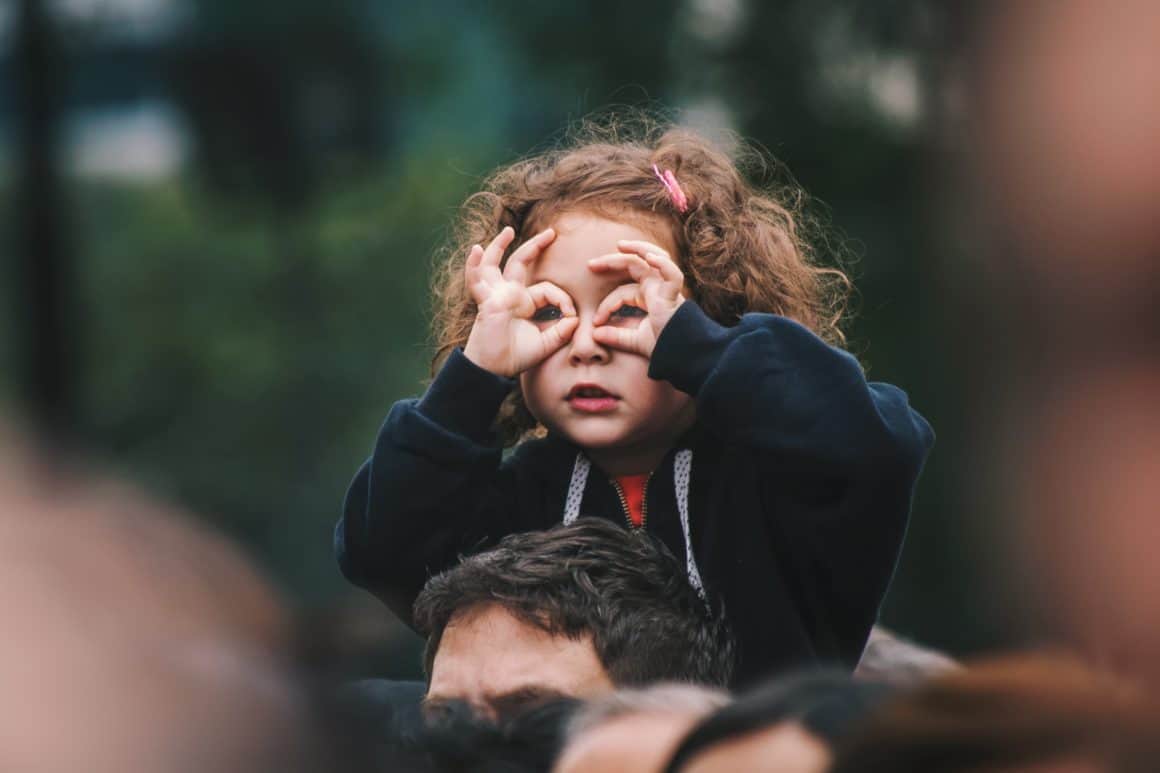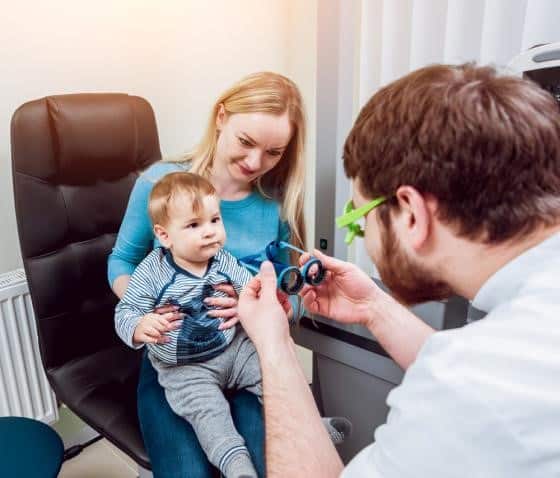#ad
NEW figures that short-sightedness amongst UK children has more than doubled since the 1960s, with almost 20% of under 16s now living with the condition, make eye-watering reading for parents and carers.
Moreover, experts believe it is environmental factors that are driving the change, rather than genetics.
So it is more important than ever that parents know what to look for if they think their child has a sight problem and promote positive eye health.
Children’s eye health is important to take care of. This can be done by giving them an eye test at the age of 3 and then again at the age of 7. If there is any problem with their eyesight, they should be taken to an optician.
The opticians Corringham are experts in children’s eye health and they can do a thorough examination of their eyesight.

Dr Andy Hepworth from Essilor.co.uk, the world’s leading corrective lens manufacturer that supplies opticians throughout the UK, offers this advice on why eye tests are important for children, some of the key signs to look out for regarding common eye conditions and tips on general eye health for children.
Signs for parents to look out for
Dr Andy Hepworth from Essilor.co.uk: “Sometimes you can tell if your child is suffering from poor vision through several behavioural signs.
“If your child often complains of headaches or their eyes feel strained, they may be overexerting their eyes to see clearly. Similarly, if they often rub their eyes, this could also be due to eye fatigue. Itchy eyes could also be a sign of allergic conjunctivitis.
“If you notice your child sits in front of the TV more closely than normal, they could have trouble seeing clearly. This could be a sign of myopia or short-sightedness. Alternatively, if they hold a book closer than normal, it could signify hypermetropia or long-sightedness.
“Another sign could be an unusually clumsy child or one that has particular problems with hand-eye coordination. This can sometimes be due to poor vision.
“You may notice that your child has a lazy eye. This is a childhood condition where vision may not develop properly and usually happens in one eye. It is also known as amblyopia and happens because one or both eyes cannot build a strong link to the brain. Around 1 in 50 children will develop a lazy eye.
“Many eye conditions are common and are easily treatable, but it helps if you’re able to identify them early. Many of these conditions can be picked up with a routine eye examination.
“Eye problems are much easier to treat while a child’s vision is still developing. Children themselves may not recognise when they have an issue with their sight. It’s important that as a parent, you’re able to recognise when something isn’t quite right.”
What Is Short Sightedness?
The condition, known as myopia, is caused when the eyeballs grow a little too long, affecting the visual performance; distant objects will appear blurred, while closer objects can be seen more clearly.
Top Tips To Promote Healthy EyeSight
Dr Andy Hepworth from Essilor.co.uk offers this advice:
- Encourage children to spend at least an hour a day (preferably two) outside in daylight.
- Avoid overuse of electronic media before the age of two to avoid potential adverse health and developmental effects.
- For children older than two, limit device usage to one hour per day, besides school work (for those aged two to five, use apps/sites that encourage interaction between parent and child)
- Observe a two-minute break after every 30 minutes spent using digital devices and avoid digital screens for at least an hour before bedtime
- Design outdoor activities that ensure the coordination of both eyes from far away and close up. Ball games, eye spy, hide and seek are good suggestions, as is time spent on bicycles or scooters.
- Schedule regular eye tests with an optician to detect any changes in the eye or vision
- If you think something has changed in your child’s vision, take them for an eye examination at your local optician.

Importance of eye examinations
Routine eye checks are often offered soon after your child has been born so that any issues can be picked up and managed straight away.
Your child’s eyes can be checked at multiple stages as they grow up. Eye tests may be suggested within 72 hours of birth, between 6-8 weeks, between 1-2 years and between 4-5 years.
What will an eye test involve?
Numerous tests can be carried out with children to check vision and eye health. The optician will ask about the child’s health, activities, daily routine and any problems or concerns. If the child is old enough, they will probably talk with him or her, too. This can help them feel more comfortable.
The physical eye exam will include vision, pupil and eye movement tests:
Vision test:
A refraction test is carried out by a local optician and is used to assess how well someone can see at different distances and whether corrective spectacles are needed.
Before the test, children may be given eye drops that widen pupils so that the back of the eye can be seen more clearly; these can take around 30 minutes to activate, during which time children can play whilst you wait.
Children are then asked to look at lights and/or read letters or shapes of a chart, whilst different lenses are placed in front of their eyes to study their impact on vision.
Colour vision test:

Using the Ishihara test, children are asked to look at images made up of dots in two different colours. If colour vision is normal, children will recognise a letter or number within the image. Those who can’t tell the difference between the two colours won’t see a letter or number, which can indicate a colour vision problem.
Pupil test:
Checking how the eyes respond to light, the optician will shine a light into each eye for a moment to check that the pupil reacts normally.
Eye movement test:
The optician will move a toy or different object in different directions to check how a child’s eyes follow it. Peripheral (side) vision is also checked.

